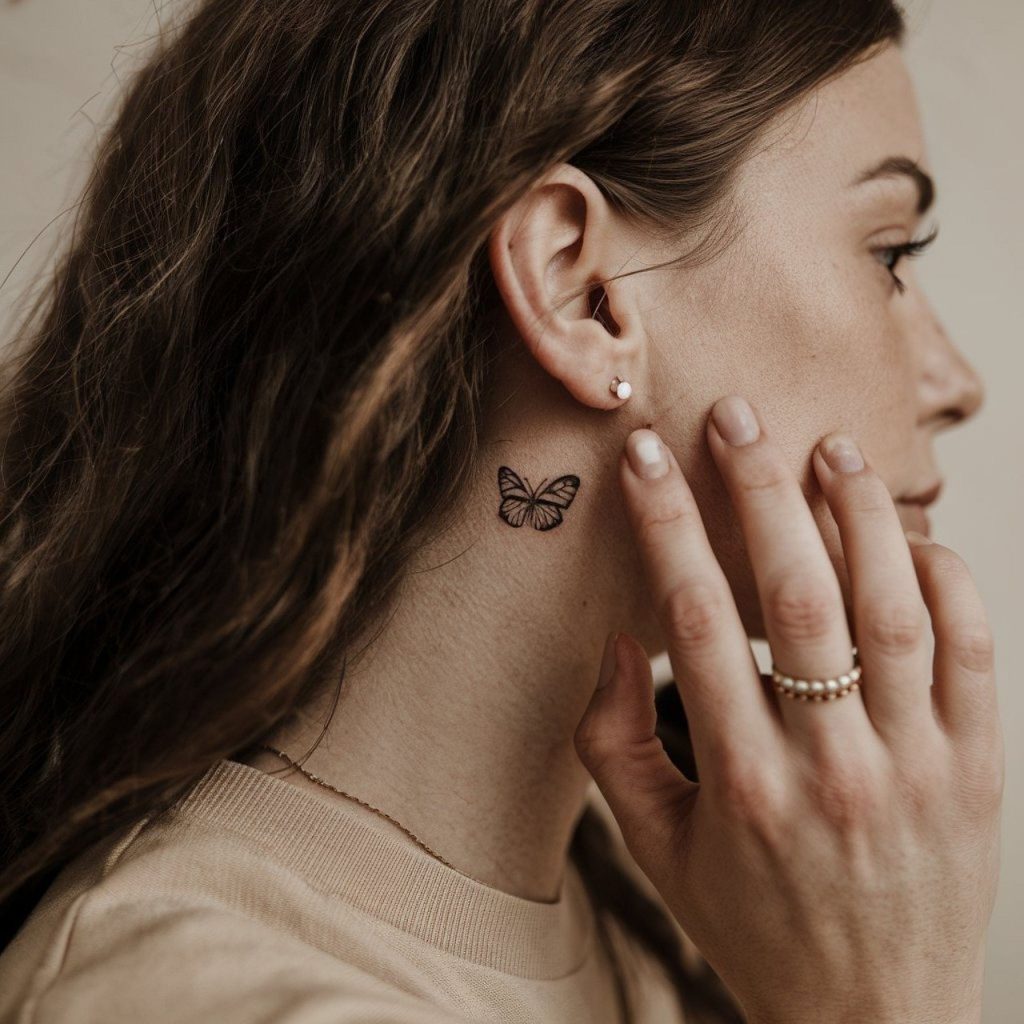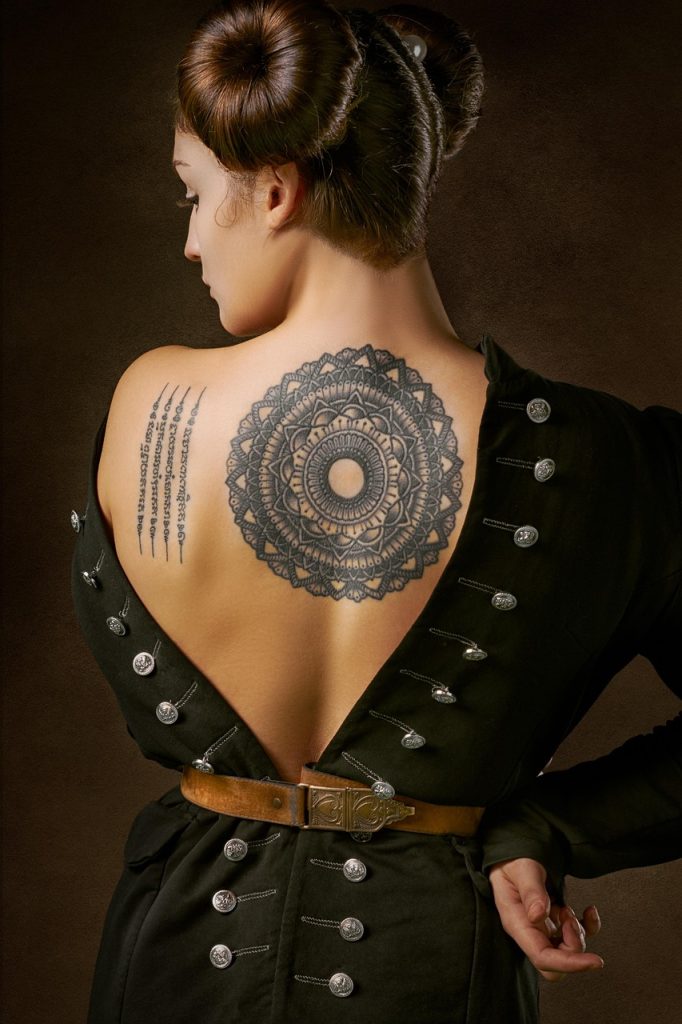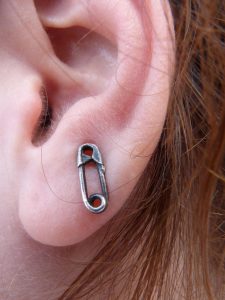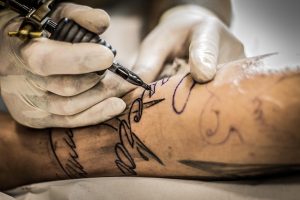The Role of a Tattoo Designer

A tattoo designer is more than just an artist; they are storytellers who translate personal narratives into visual art. Each tattoo is uniquely crafted to reflect an individual’s personality, beliefs, and experiences.
From the initial consultation to the final tattoo application, a tattoo designer plays a crucial role. They listen to their clients, understand their vision, and create designs that resonate with the wearer’s identity. This creative process requires both artistic skill and a deep understanding of tattoo culture.
What Should You Look for in a Tattoo Designer?
When searching for a tattoo designer, consider their portfolio, style, and client reviews. Look for someone whose work aligns with your vision and who makes you feel comfortable discussing your ideas.
External Information – Client Satisfaction Statistics
According to a survey by Statista, 78% of tattoo clients reported a high level of satisfaction with their chosen artists. This highlights the importance of selecting the right designer for your needs.
Styles and Techniques of Tattoo Design

Tattoo designers employ various styles like realism, geometric, traditional, and watercolor. Each style has its own unique characteristics and appeals to different clientele. Understanding these styles can help you choose a designer who specializes in the art form you desire.
For instance, if you’re interested in Victorian-style tattoos, a designer familiar with historical references may create a piece that truly resonates with that theme.
What is the Difference Between a Tattoo Artist and a Tattoo Designer?
While the terms are often used interchangeably, a tattoo artist focuses on applying the tattoo to the skin, whereas a tattoo designer is primarily responsible for the concept and design aspects. The designer often collaborates closely with the artist to ensure the vision comes to life correctly.
External Information – Case Study
An example of effective collaboration can be seen in the work of celebrity tattoo designer Kat Von D, who often sketches her creations before they are tattooed, ensuring that her unique vision is accurately executed.
Best Practices for Working with a Tattoo Designer

To ensure a successful tattoo design process, follow these best practices:
- Communicate clearly: Be open about your expectations and ideas.
- Research styles: Understand different tattoo styles to guide your designer.
- Be patient: Great designs take time; don’t rush the process.
- Ask for revisions: Don’t hesitate to ask for adjustments if something doesn’t feel right.
How Much Will a Tattoo Designer Charge?
Costs can vary significantly based on the designer’s experience, location, and complexity of the design. Typically, reputable tattoo designers charge between $100 to $200 per hour, but detailed artwork may cost more. Always discuss pricing upfront to avoid surprises later.
External Information – Expert Tip
According to tattoo artist and designer Ami James, “A good designer will never rush a process. Take your time to create something unique that you will love forever.” This wisdom underscores the value of collaboration and patience in the tattoo design journey.
Conclusion

Choosing the right tattoo designer is essential for creating a piece of art that truly reflects who you are. By understanding their role, styles, and best practices, you can ensure your experience is seamless and fulfilling.
If you’re ready to explore your tattoo possibilities, don’t hesitate to reach out for a consultation. Subscribe to our blog for more tips on tattoo design, or share this article with friends considering their next ink!









